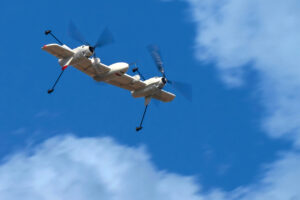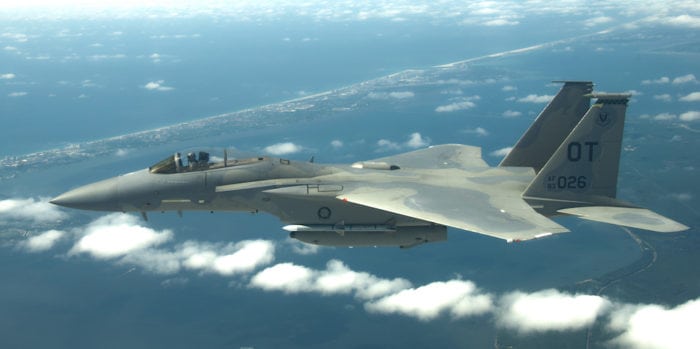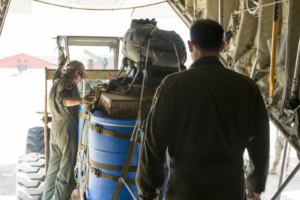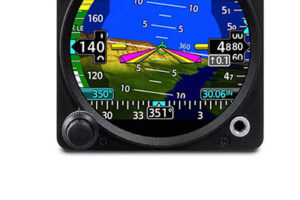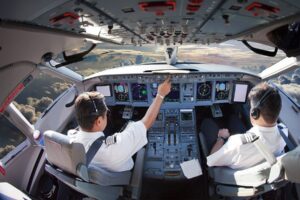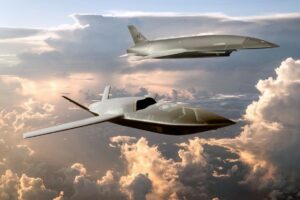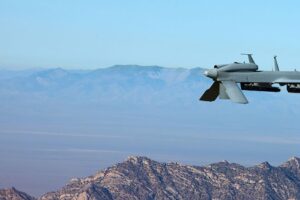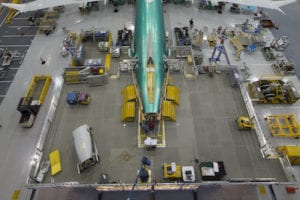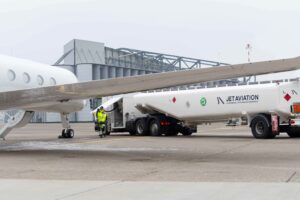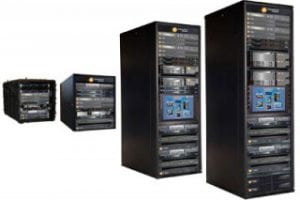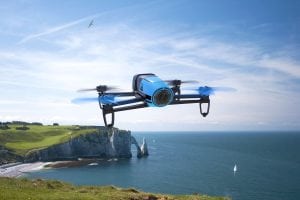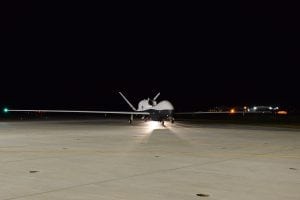Commercial, Embedded Avionics, Military
EasyJet Systems to Detect Volcanic Ash
By Woodrow Bellamy III | November 13, 2013
Send Feedback
U.K.-based discount carrier EasyJet is looking to equip some of its aircraft with a volcanic ash detection system by the end of next year, the carrier said Wednesday.
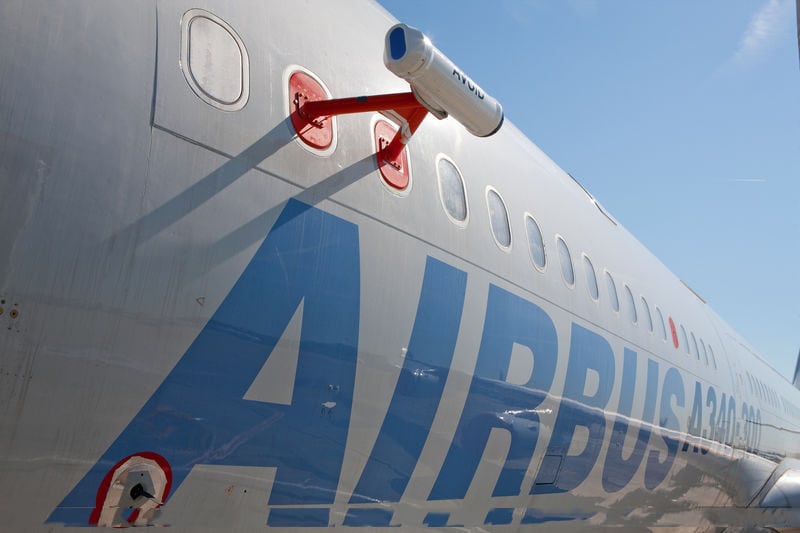
[During testing, an A340-300 fitted with the AVOID sensor flew towards the artificial ash cloud and successfully identified it from distances of 37 miles. Photo, courtesy of Airbus.]
The European airline completed a flight test last month along with partners Airbus and Nicanica Aviation within an artificial ash cloud an altitude between 9,000 and 11,000 feet over the Bay of Biscay. During the flight test, an A400M dispersed Icelandic ash into the atmosphere and a second A340-300, equipped with AVOID — the ash detection system — flew towards the cloud and identified the ash and measured its concentration about 37 miles from the cloud.
According to Airbus, the ash cloud produced during the test was 600-800 feet deep measuring nearly 1.7 miles in diameter. The ash cloud was visible to the naked eye at first, but quickly became too difficult to identify. Conducting the flight test was meant to simulate conditions that occurred during the Eyjafjallajokul volcanic ash crisis in April and May 2010, which affected flight conditions in Europe.
“The threat from Icelandic volcanoes continues and so we are delighted with the outcome of this unique and innovative experiment. Finding a solution is as crucial now as ever to ensure we never again see the scenes of spring 2010 when all flying ceased across Europe for several days,” said Davies.

[During its final stage of testing, the AVOID volcanic sensor detected the artificial ash cloud and measured its mass loading, which ranged from 0.1 to 1 g m-2. Photo, courtesy of Airbus.]
More than 100,000 flights were cancelled in 2010 due to the Eyjafjallajokul eruption.
The AVOID system was created by Nicarnica Aviation, and uses infrared technology to provide pilots and airline operations control center with images of ash detection, a concept similar to weather detection radars that are standard on commercial aircraft today.
“We are at the beginning of an invention which could become a useful solution for commercial aviation to prevent large-scale disruption from volcanic ash,” said Charles Champion, head of engineering at Airbus.
Davies said commercial certification of the AVOID system for EasyJet’s current fleet of aircraft should be completed by the end of 2014.



